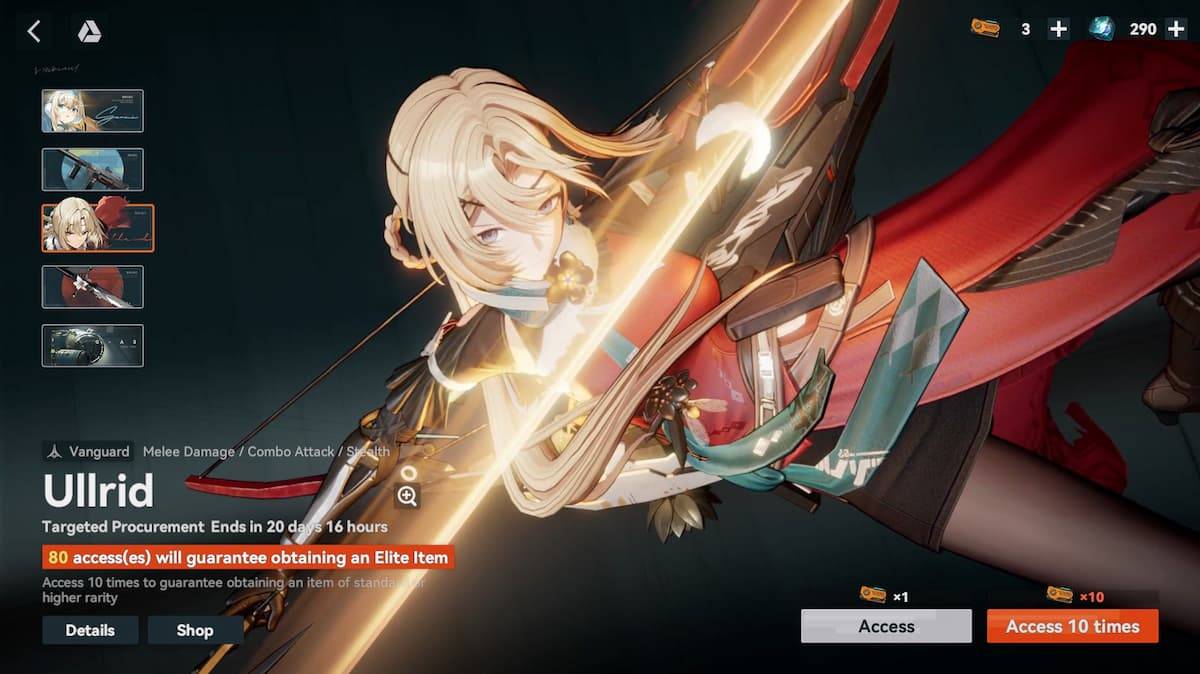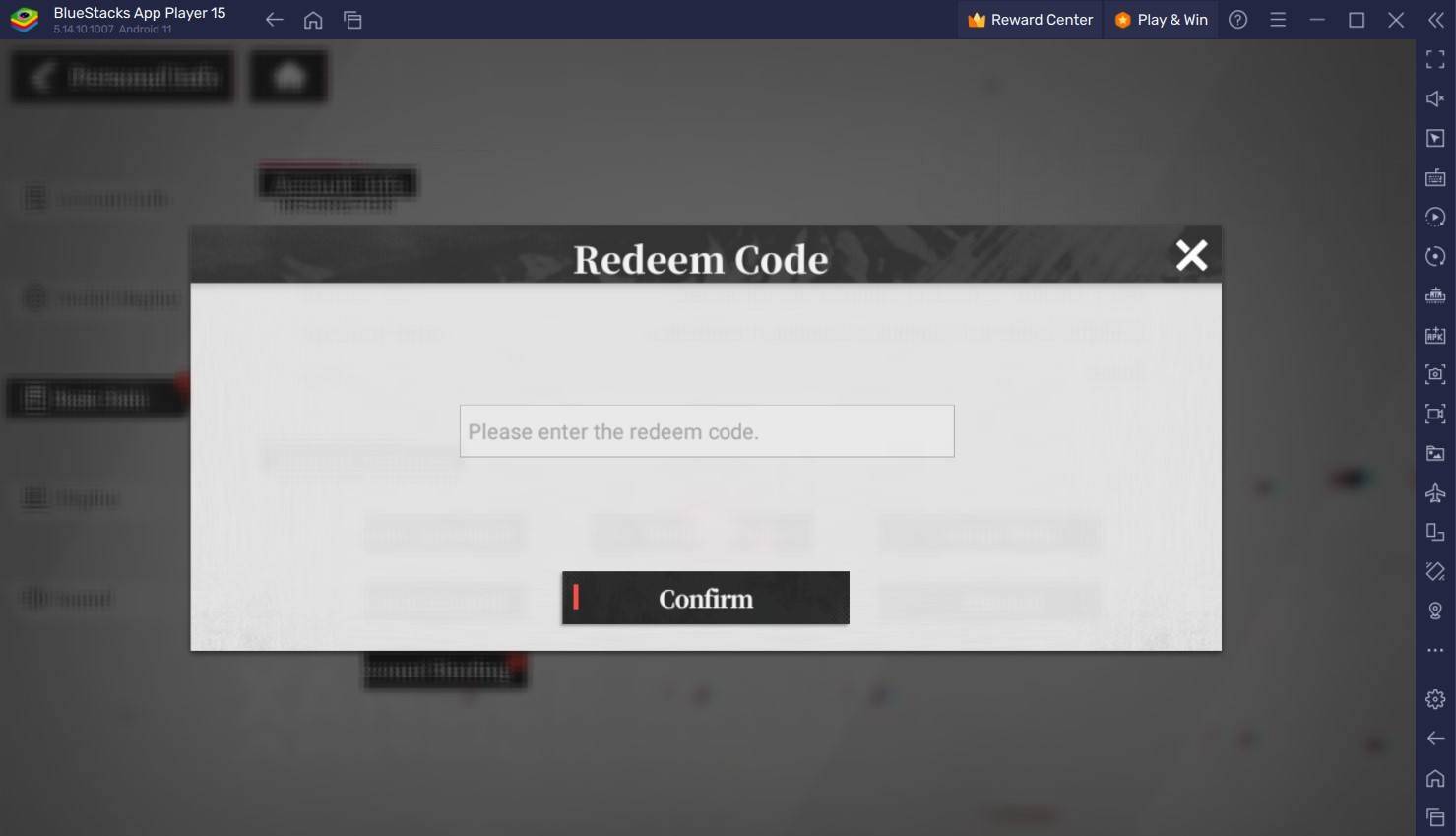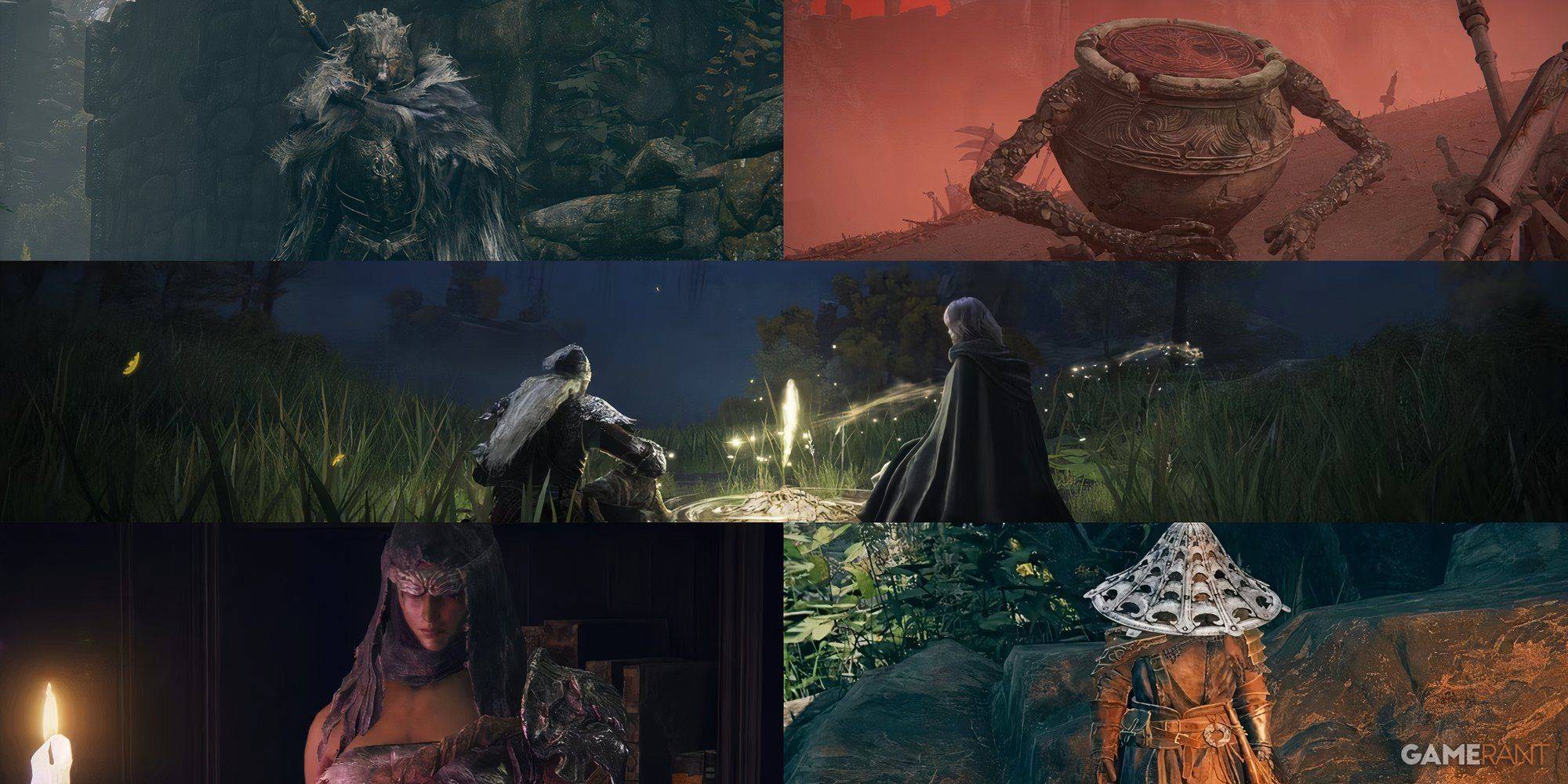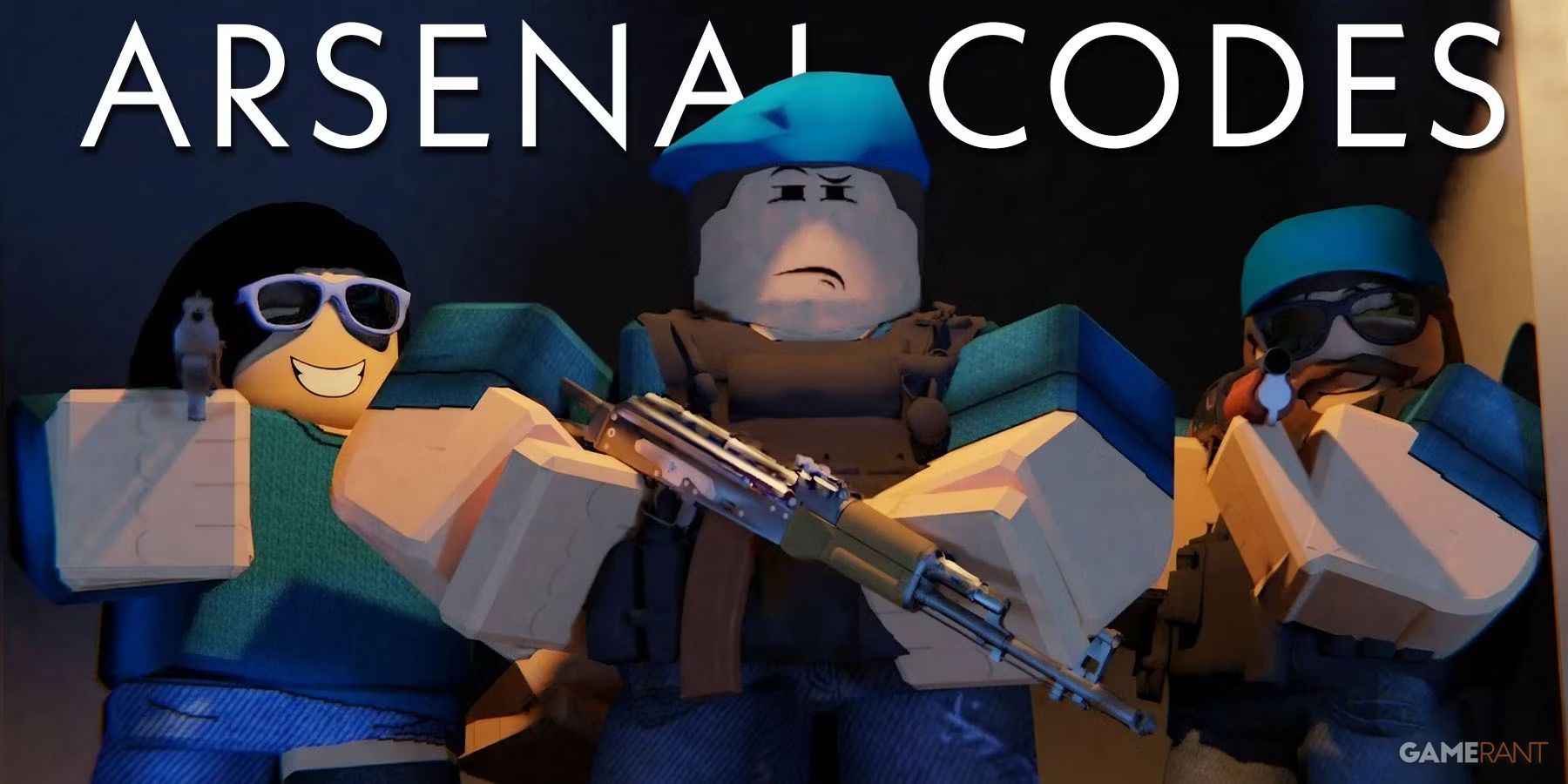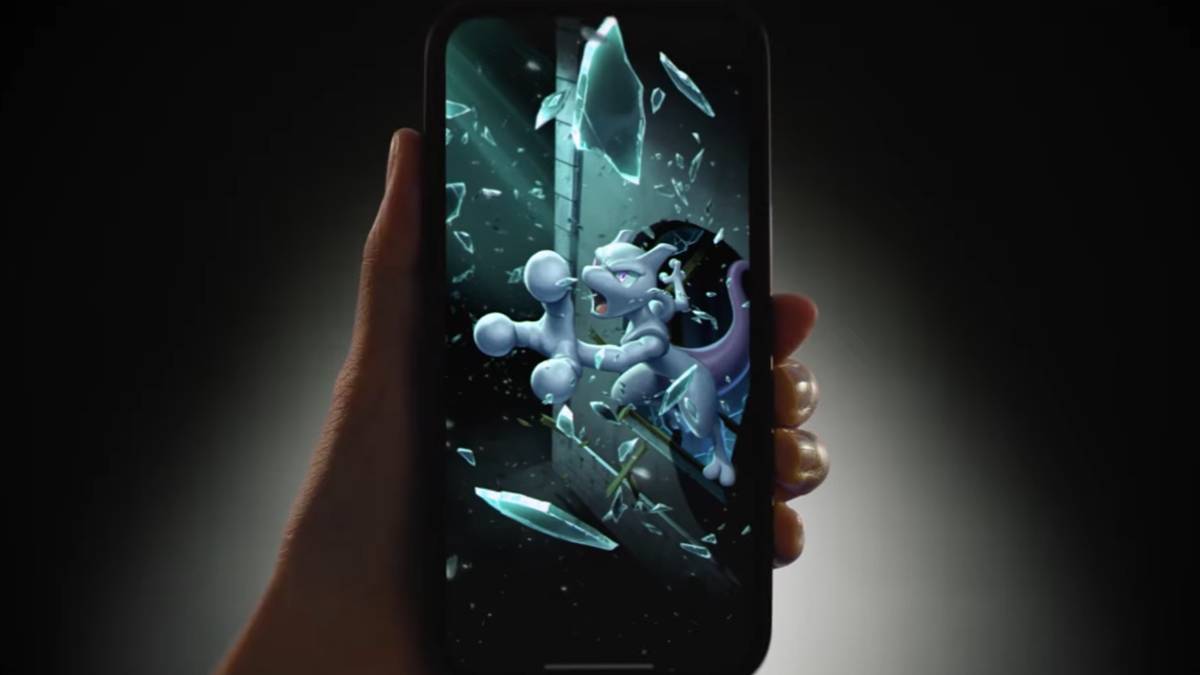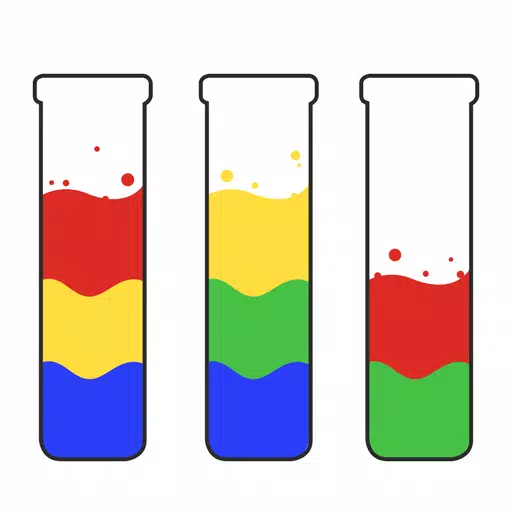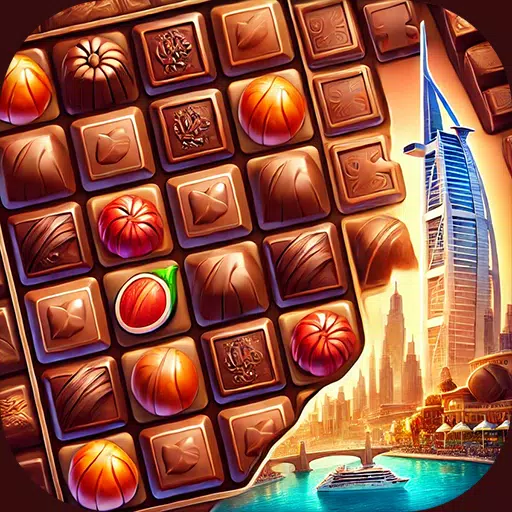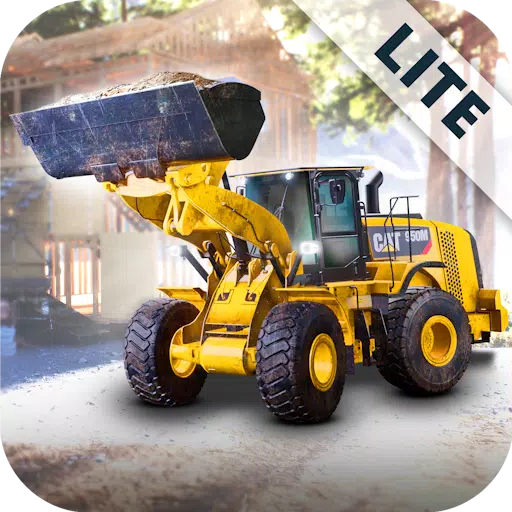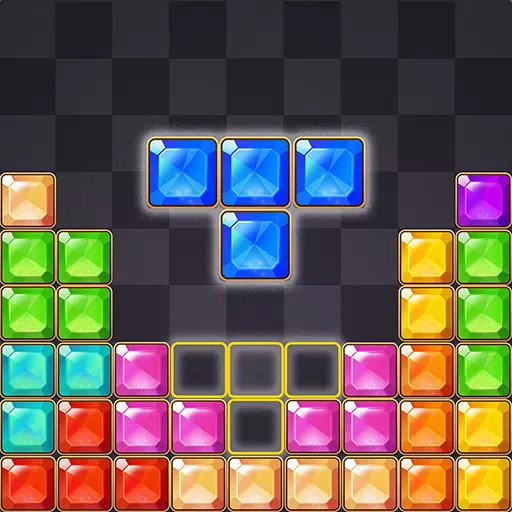Nintendo's Switch 2: A Major Leap in Accessibility Design
After months of intense speculation, rumors, and leaks, Nintendo has fully unveiled the Switch 2 through its own Direct presentation. Not only were we treated to trailers for new games like Mario Kart World, Donkey Kong Bonanza, and even Nintendo GameCube games exclusive to Switch 2 Online, but more importantly, we got a detailed look at the system itself. From an accessibility perspective, I'm thrilled to report that the Switch 2 is a significant upgrade over its predecessor in nearly every way.
Several months ago, I shared my accessibility predictions for Nintendo's latest console. I hoped for more robust accessibility offerings, better usage of Joy-Con controllers, and unique inclusive design practices. To my delight, Nintendo not only met these expectations but also exceeded them with additional features. Let's dive into the exciting and confirmed accessibility enhancements of the Switch 2.
New Accessibility Settings
The Direct didn't showcase many tangible accessibility options directly, aside from fully customizable controls for each virtual GameCube game, tailored according to the system settings. Instead, Nintendo released a detailed accessibility page that outlines both returning and new features.
Fully customizable controls return, functioning identically to the original Switch. The ability to adjust text size to three different variants is back, now enhanced with the option to implement High Contrast and change general display colors. The Zoom functionality, crucial for blind/low vision players, also makes a comeback. However, Nintendo's most significant surprise is the new "Screen Reader" setting.
Blind/low vision individuals often rely on Text-to-Speech to navigate menus and settings. Although the Screen Reader is limited to the HOME menu and system settings, it's a vital tool that empowers disabled players to navigate the Switch 2 independently. The feature includes options to choose different voices, read speeds, and volume levels. While it remains unclear whether individual games will support these tools or offer their own accessibility features, Nintendo's recognition of its disabled audience is a promising sign for the future of accessibility within the company.
Innovative Design
Beyond specific menu options, Nintendo introduced an inclusive tool that adds depth to a beloved franchise while enhancing cognitive, physical, and blind/low vision accessibility. Within the renamed Nintendo Switch App, Zelda Notes serves as a companion app for Breath of the Wild and Tears of the Kingdom. The Navigation feature within the app allows players to locate shops, areas of interest, and elusive Koroks using a GPS-like UI. The app provides audio cues and voices to guide players to their chosen destinations. While it doesn't aid with precise navigation or enemy encounters, it significantly helps blind/low vision individuals navigate the overworld and reduces cognitive overload from traversing vast landscapes.
For cognitive, blind/low vision, and physically disabled players, the app also offers an Autobuild Sharing tool, enabling players to share custom Zonai tech creations. By scanning a QR code, disabled individuals can automatically construct a Zonai machine if they possess the required materials. This feature has been particularly beneficial for me, as I struggled with the control layout and button requirements for building Zonai machinery in Tears of the Kingdom. With the Autobuild Sharing tool, my focus shifts solely to gathering materials, not the construction process, all thanks to Nintendo's inclusive design approach, which I've consistently praised in the past.
Additionally, disabled individuals can share items with one another through Item Sharing, a feature similar to Autobuild Sharing. By scanning a QR code, I can instantly access items sent by friends, reducing physical strain from constantly searching the world for weapons and food. While these features don't make Breath of the Wild and Tears of the Kingdom fully accessible, they represent a significant step forward.
Wheelchair Sports
The most surprising announcement was Drag X Drive, a Rocket League-esque game where players control characters in manual wheelchairs on a basketball court. This not only showcases proper disability representation but also highlights one of the Switch 2's few new hardware changes—mouse control.
By flipping the Joy-Con on its side, players can move the controller across any surface, simulating a computer mouse. Although we don't yet know the force required to move the cursor (for comparison, my mouse on an ultrawide monitor has a DPI of 6400), this new method of play will undoubtedly benefit various disabled players. It's exciting to anticipate how Nintendo will leverage this feature, but more importantly, it offers another tool for disabled individuals. Combined with the array of controller types available on the Switch and Switch 2, Nintendo continues to innovate in controller usage.
As a Nintendo enthusiast, I'm incredibly excited about the Switch 2. While I'm hesitant about spending upwards of $450 on the system, my love for gaming started with Nintendo. Each new system brings exciting accessibility enhancements that demonstrate Nintendo's commitment to accessibility and inclusive design. Although we still don't have a first-party accessible device like the Xbox Adaptive Controller and PlayStation Access Controller, Nintendo is innovating in its own way by creating new play methods for disabled individuals. Coupled with the recent announcement of Nintendo joining other developers to establish standardized accessibility tags, I'm confident that Nintendo will continue to elevate accessibility standards.
Latest Articles





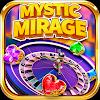


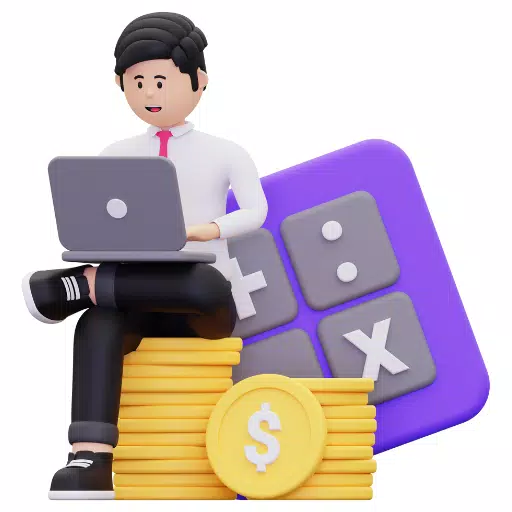
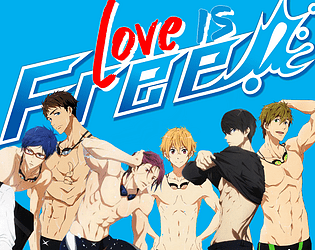

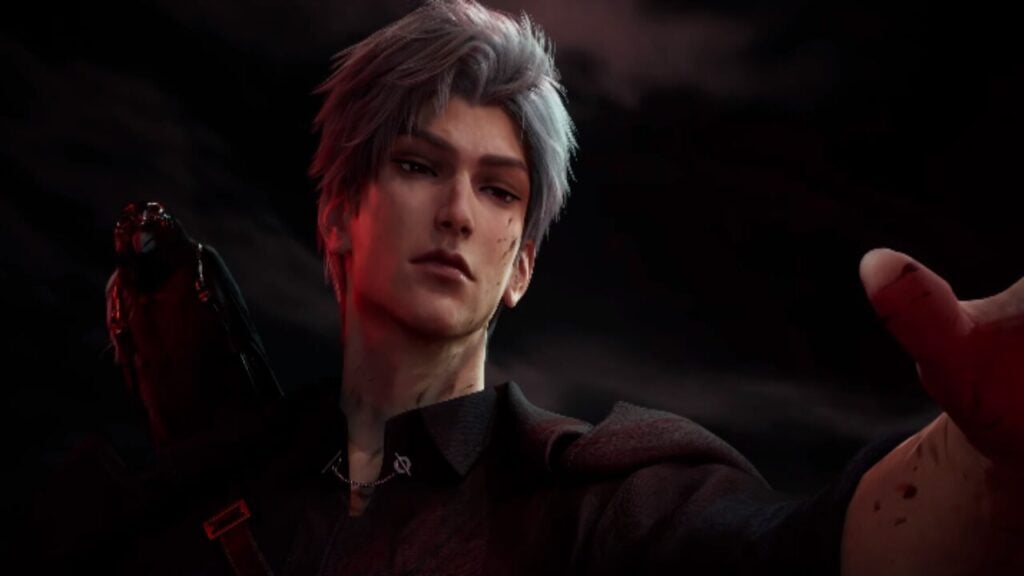
![Roblox Forsaken Characters Tier List [UPDATED] (2025)](https://images.dyk8.com/uploads/18/17380116246797f3e8a8a39.jpg)
